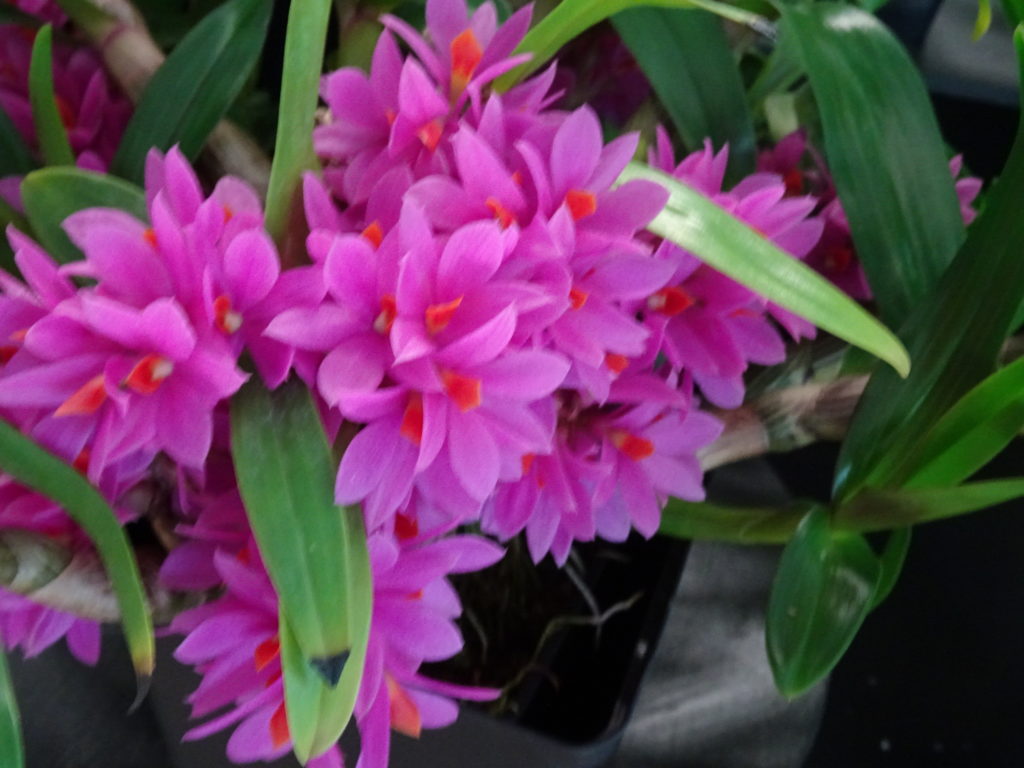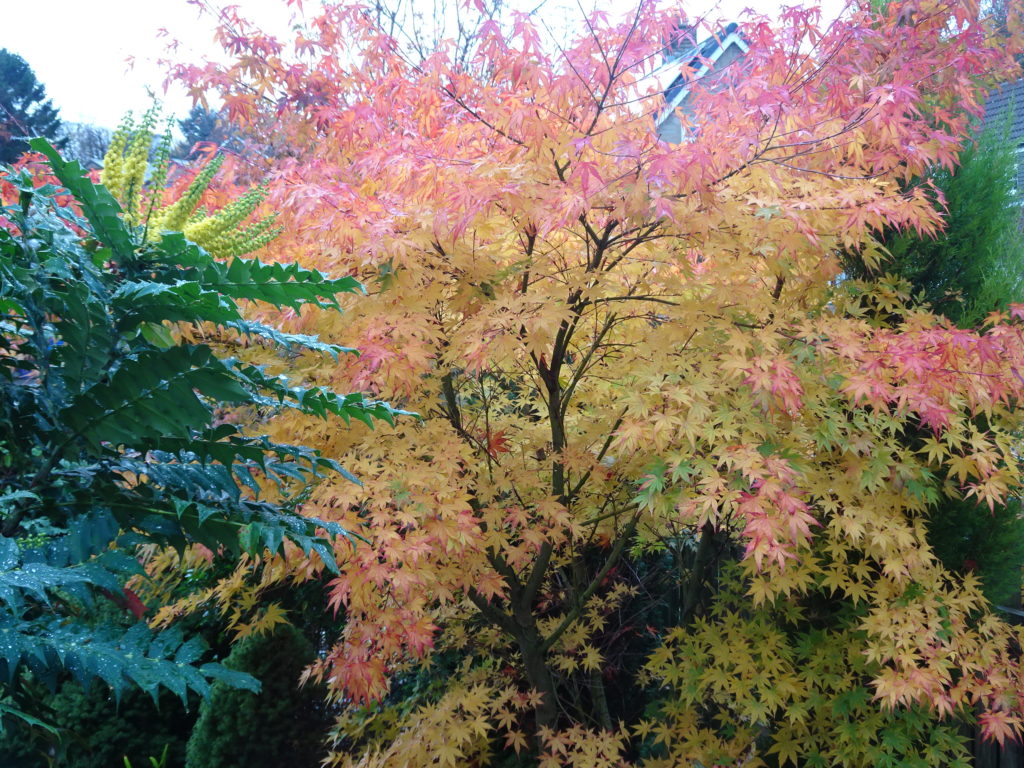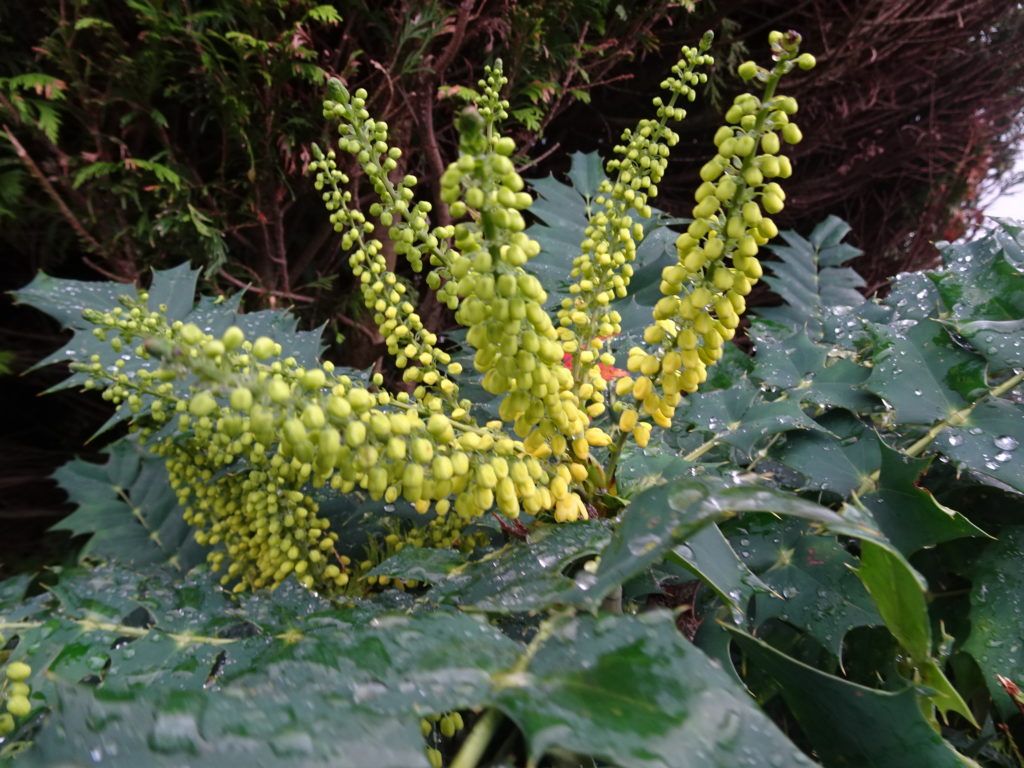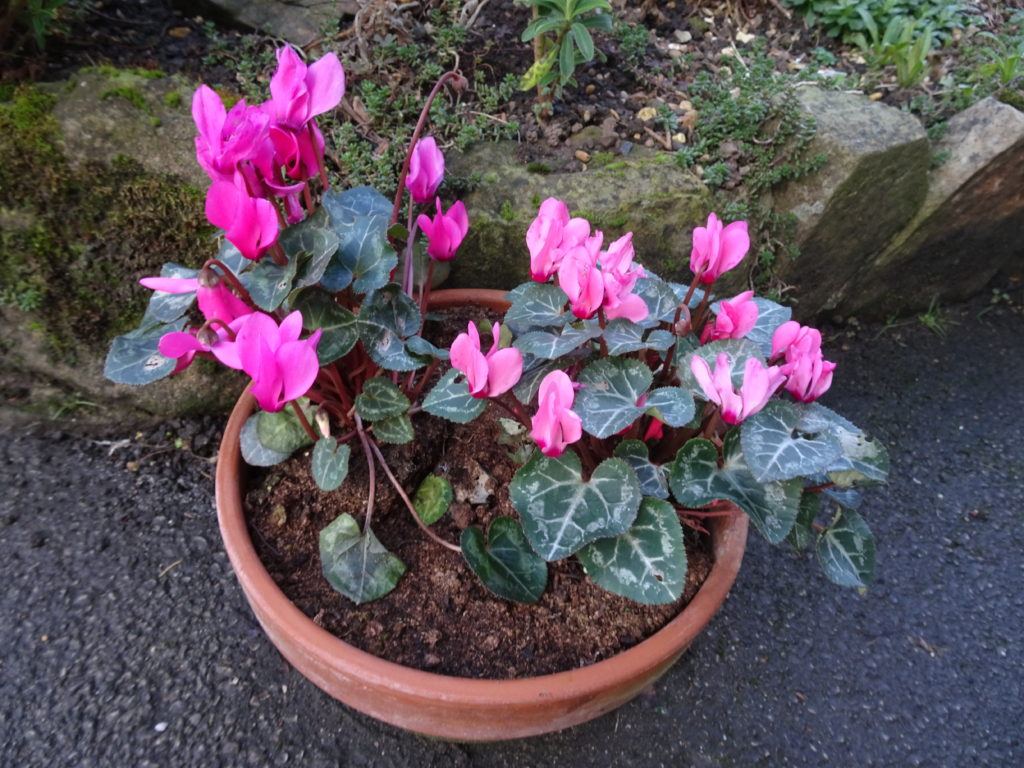Design Tips for a Physic Garden
The design of the Chesea Physic Garden dates back to 1673 when it replaced market gardens and orchards on the same spot alongside the Thames. Intended to be a physic garden ‘pertaining to things natural as distinct to metaphysical’ it is exceptionally practical rather than being design led.
Design Features With Appeal
- Many excellent descriptions of plants with their practical or medicinal uses, in my view put it ahead of the RHS show gardens.
- Rectilinear beds are arranged and labeled in botanic classification.
- Old walls and old trees give shelter and help create a micro climate but there are also hot houses for exotic tropical plants.
- Because the garden is not about gardening in a modern sense there are many features that need to be studied to take in the benefit from a visit to the garden. I liked the slate beds for pot plants, the variety of berries and seedheads (see below) and the statuary.
Incorporate Helpful Plants
- Plan your garden with a good herbal or read up on plants before you select your range of subjects.
- Consider viewing points and natural aspects of your garden.
- A few of the plants that profit from being grown together include:
- Marigolds and roses, aphids are lured naturally by roses, and these feed on the flowers and leaves. By planting marigolds around the roses, they will keep at bay insects.
- Garlic, when grown in annual and perennial gardens, aids in warding off insects that feed on leaves.
- Monarda or Bee Balm is not only an herb but also a striking flower, and this plant draws bees, and butterflies to the flower garden to assist with pollination.
- Dahlias hold off insects and enrich the soil with nitrogen but otherwise are big drinkers and feeders. …










